Introduction: Flute Virtuosos of Their Time
John Lemmoné and John Amadio were two extraordinarily talented flute virtuosos. They were born twenty-two years apart, Lemmoné in1861 and Amadio in 1883. They traveled by land and sea, bringing music to communities along the length and breadth of the east coast of Australia, as well as to Burma, China, Japan, the UK and America.
Celebrity Status and Public Reception
They were true celebrities of their time. Their arrival in a town for a performance was announced with enthusiasm (and journalistic skill) in the local press. For example, the ‘Evening Telegraph’ on Monday 17 July 1905, published this piece about John Lemmone:
He arrived in Charters Towers¹ this morning bringing his magic flute with him…he has moved millions of people to tears and laughter and made hearts glad with joy… there is no artist more capable of interpreting the witcheries of the music of the great masters and making it a living reality like Lemmone!”
And the ‘Evening Standard’ in 1919 in Benalla wrote of Amadio:
“The grand farewell concert to be given, prior to his departure for America and England, by Mr. John Amadio, the famous flautist, and his brilliant company in Benalla² on Saturday next will doubtless attract a large audience. A magnificent programme has been arranged of operatic excerpts, popular songs and ballads, humorous recitals, and well-known instrumental selections. A feature of the concert will be the appearance of Mr. Amadio with his new silver bass flute³. This instrument has a novel and beautiful tone, it is the only one of its kind in Australia.”
¹ Charters Towers is a town in rural northern Queensland, Australia. Gold deposits were discovered there in the latter part of the 19th century. It currently has a population of about c. 8,000.
² Quoted from the ‘Benalla Standard’, 21 October 1919. Benalla is a small city in the high country in regional Victoria, Australia, current population c. 9,000.
³ Apparently this “silver bass flute” was actually an alto flute. I can’t find any further details about this flute, and which fingering system it had.
Early Musical Training and Careers
Lemmoné and Amadio had much in common: they both received their first flute lessons with their fathers, though in Amadio’s case, it was with his stepfather. They both started their careers playing in orchestras, and they both worked extensively with famous singers, notably with Dame Nellie Melba, Luisa Tetrazzini, Amy Sherwin, and Florence Austral, with whom Amadio was married from 1925 – 1940. Lemmoné was also married to a singer, soprano and singing teacher, Mabel Batchelor.
John Lemmoné: From Gold Rush Town to International Fame
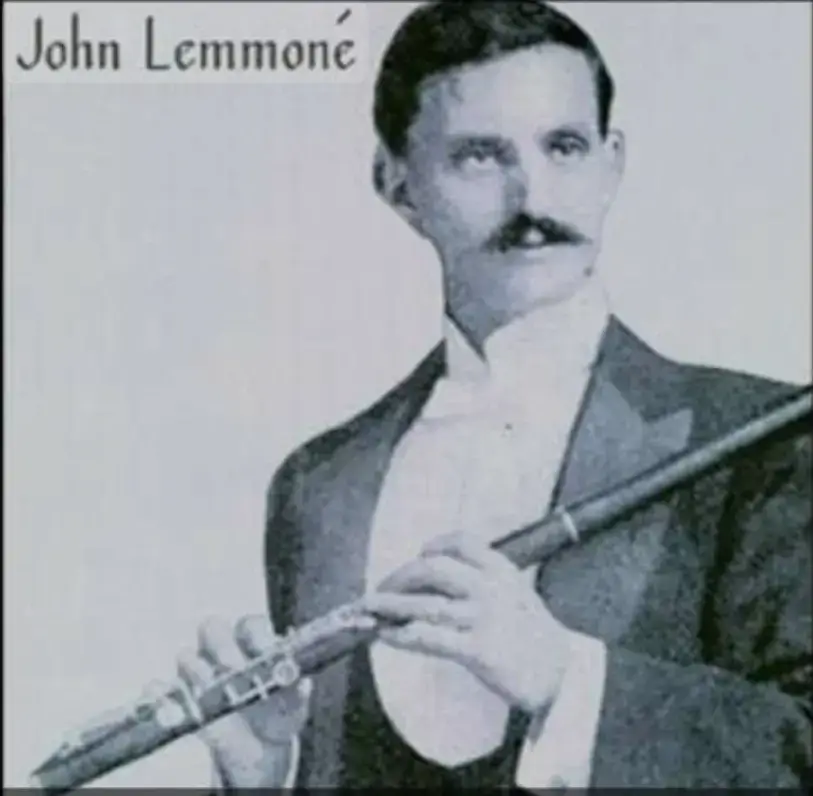
Lemmoné was born in Ballarat near Melbourne. Gold had been discovered near Ballarat in 1851, and as a result the city grew rapidly in size, wealth and cultural influence. Lemmoné’s father was Greek (Lamoni) and his mother, English. His father played the fife and guided John through his early music training.
At 12 John bought his first flute with gold that he’d panned himself. In 1874 the Lamoni family moved to Melbourne where John continued to study the flute. He studied some harmony and theory, but claimed to have been largely self-taught.
He played in various orchestras as a young musician, but then gained a solo spot in a benefit concert in Melbourne where a young singer, Mrs Armstrong, was also performing. She was later to achieve world-wide fame under her stage name of (Dame) Nellie Melba. This concert launched Lemmoné’s solo career.
Lemmoné’s Compositional Legacy
Lemmoné also composed many flute pieces in a highly decorated style, probably taking inspiration from the virtuosic violin repertoire of the time. A CD recording of his flute compositions by Paul Curtis and David Miller is available through Presto Classics here
Some of Lemmoné’s scores are available via the National Library of Australia website and IMSLP.

John Amadio: New Zealand-Born Flute Virtuoso
John Amadio, was born in New Zealand in 1883, though the family moved to Australia in about 1900. Despite the name, he isn’t of Italian background. He took his stepfather’s name when his mother remarried after the death of her first husband. The wider Amadio family is noted for having given Australia several esteemed musicians and arts-related personalities. At the age of 26 Amadio started teaching at the Conservatorium of Music in Melbourne. Like Lemmoné, Amadio established himself internationally as a virtuoso flute player, in collaboration with singers and as a soloist.
Radcliff Flutes and Their Distinct Sound
Now, to the recordings, but just a selection as there are many available on the internet. Both Lemmoné and Amadio performed on Radcliff flutes. The recordings are vivid, with seemingly effortless finger dexterity, super-agility across registers, and loads of bravura. It’s playing that astonishes, and charms. Be prepared though, you’ll have to put up with listening through some hissing and crackles.
One of the most impressive of Lemmoné’s recorded performances is this one with Dame Nellie Melba. The masterful matching of his flute passages to Melba’s brilliant delivery of the vocal line in the Handel aria, “Sweet Bird That Shuns’t The Noise Of Folly” is…, well, breathtaking.
A facsimile score of this Handel aria can be found here.
John Lemmone playing his composition ‘Distant Voices’
s(1920) John Amadio playing Niccolò Paganini’s “Witches Dance”:
(1928) John Amadio playing the ‘Andante in C’ by W.A. Mozart
The Radcliff flutes of Lemmoné and Amadio have of course a markedly different tone quality to the Boehm system flutes played by Moyse, Gaubert, Hennebains and Le Roy.
The Boehm system flutes can be heard on the CD from 1990 by Pavilion Records, called ‘The Great Flautists’. The Boehm system flute, especially as played by Moyes, has a robust and ringing tone quality. The wooden Radcliff flutes of Lemmoné and Amadio have a light and delicate tone quality, which is very even over the registers, and with excellent intonation (much of this is of course due to the skill of the performers)
In Nancy Toff’s book of 1979, ‘The Development of the Modern Flute’, she writes “Still another attempt to reconcile Boehm’s arrangement of the tone holes with the old system of fingering was made in 1870 by John R. Radcliff”.
She then includes a delightful quote from Radcliff himself : “I am aware that there are many Flute Players trembling on the verge of a transition from the old to the new class of Flutes, desiring, but hesitating whether or not to take this step… I have gone through all your experience, have stepped over the stream before you, and have now planned a bridge by which you may pass over still more easily”.
Toff goes on to mention that John Amadio was a “partisan” of the Radcliff flute. Others, such as Dayton Miller and Anthony Baines, have judged the Radcliff flute “the most successful approach to adapting the old fingering to the modern hole distribution”, and a design “where nothing is impossible while some high passages are simpler than on the Boehm” (wouldn’t that be nice!).
Both Radcliff flutes are now held in museums. Here is a photo of Lemmoné’s Radcliff:
The Legacy of Victor McMahon
There is one more Radcliff flute player in this antipodean story, and he was also born in Ballarat, c. 40 years after Lemmoné, in 1903. His name was Victor McMahon. He had some lessons with Lemmoné, and studied with Amadio at the Melbourne Conservatorium. He inherited Lemmoné’s Radcliff flute. Victor McMahon taught at the Sydney Conservatorium, but it was his initiative to start up a school flute band program in primary schools throughout New South Wales which gave countless children a free introduction to music and specifically, to the flute.
I was one of those primary school students. Victor McMahon came to my school once per week to give our whole class a flute lesson. He would sit on the desk at the front and play for us. I remember him playing very fast pieces, and folk tunes. He also used to tell great kid-jokes. We loved him.
Many of Australia’s past and current professional flute players, either started learning the flute through Victor McMahon’s schools program, or were second-generation beneficiaries of that program through their teachers.
McMahon’s Innovative B Flat Flute
McMahon developed a special B flat flute with a simple pre-Boehm fingering system and a cylindrical bore for the school band project. It was the size of a fife, so it was easy for young children to hold. In the second year of study, some students could “graduate” to playing a concert flute (Boehm system) depending on how many of those were available. We played as a band with drums, performing all the music from memory. McMahon himself always played his Radcliff flute.

Enduring Influence of Lemmoné and Amadio
The legacy of Lemmoné and Amadio endures via McMahon and other teachers, and through the long list of flute players who have been inspired by their incredible skill and artistry.
Bibliography
Laura Chislett
Australian flute player Laura Chislett has established herself on the international stage as a performer, educator and recording artist across a wide range of musical styles. Her recordings, on eleven different labels and multiple streaming platforms, range from Bach and Boulanger, to Ferneyhough and Dench. She has become known for her inspiring and rigorous performances, described as the “Rolls Royce versions” by the legendary composer Horatiu Radulescu.
Laura has a new CD release scheduled for early 2024: ‘In Two Minds’ was recorded last October at Ayriel Studios located in the midst of the beautiful North York Moors National Park (UK). The repertoire consists of eight improvisations, co-created with the composer, pianist and artist, Edward Cowie, for the Métier Divine Art label. The improvisations are inspired by nature, particularly birdsong, and by art, with track titles like “Dawn Bellbirds”, “Guten Morgen, Herr Kandinsky”, “New York-New York” (referring to Mark Rothko and Jackson Pollock) and “Dusk/Night Lyrebirds”.
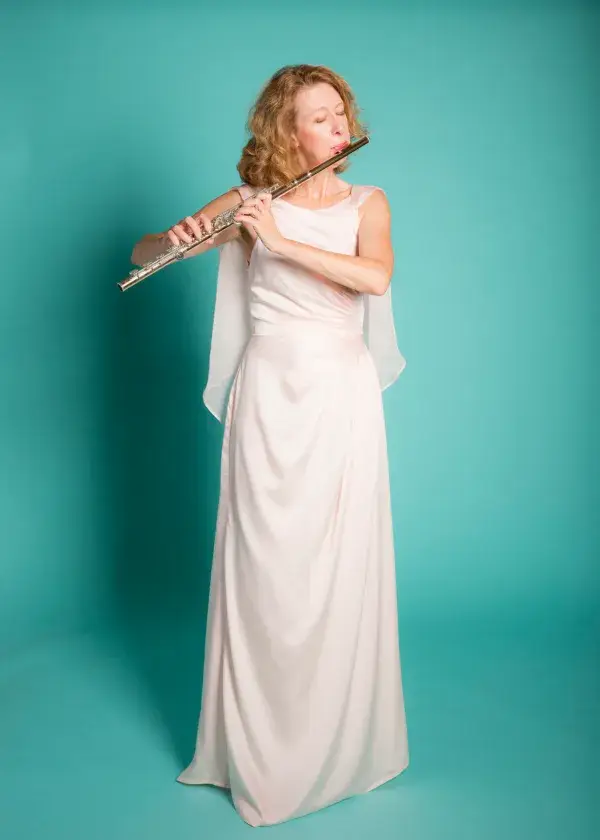


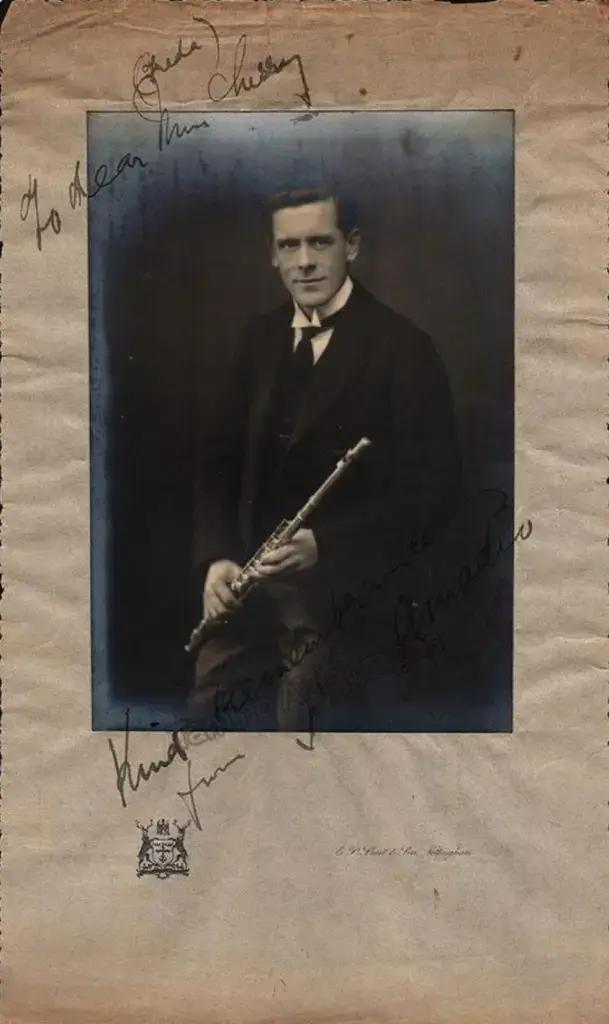

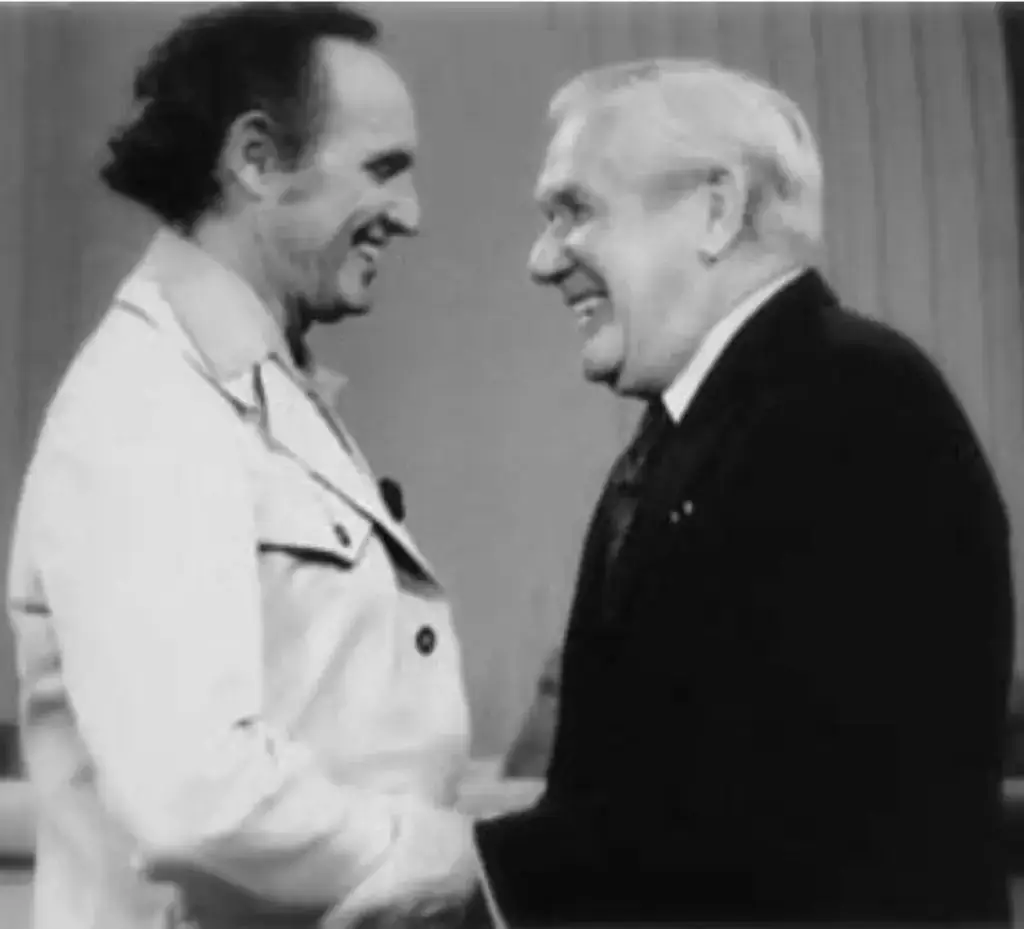


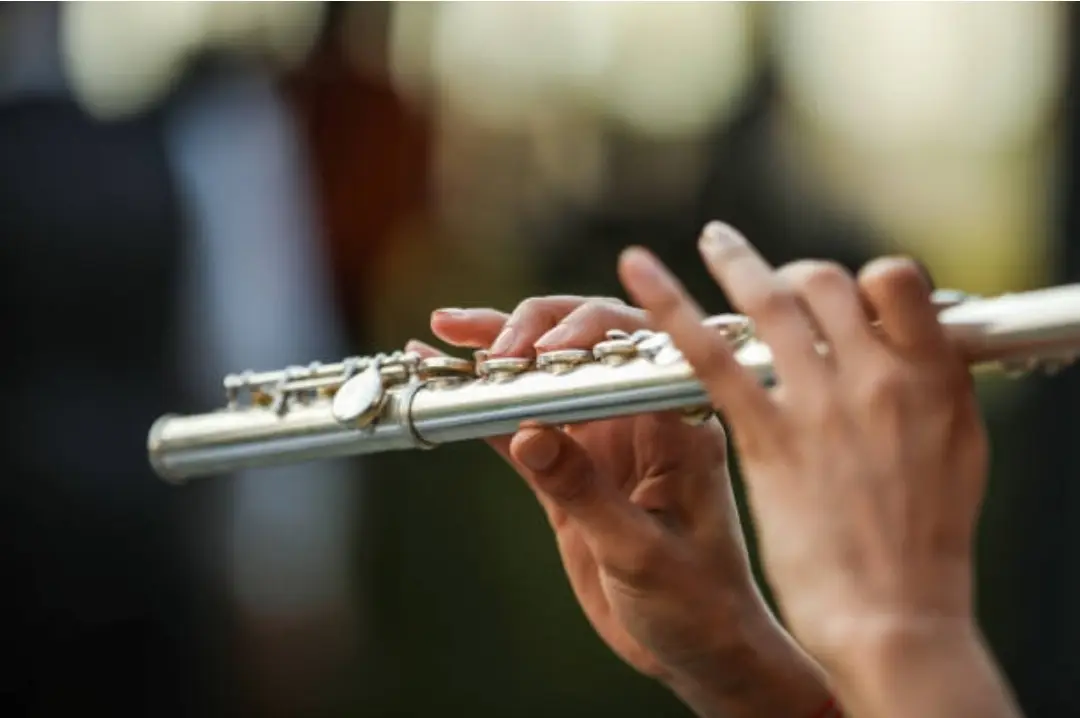

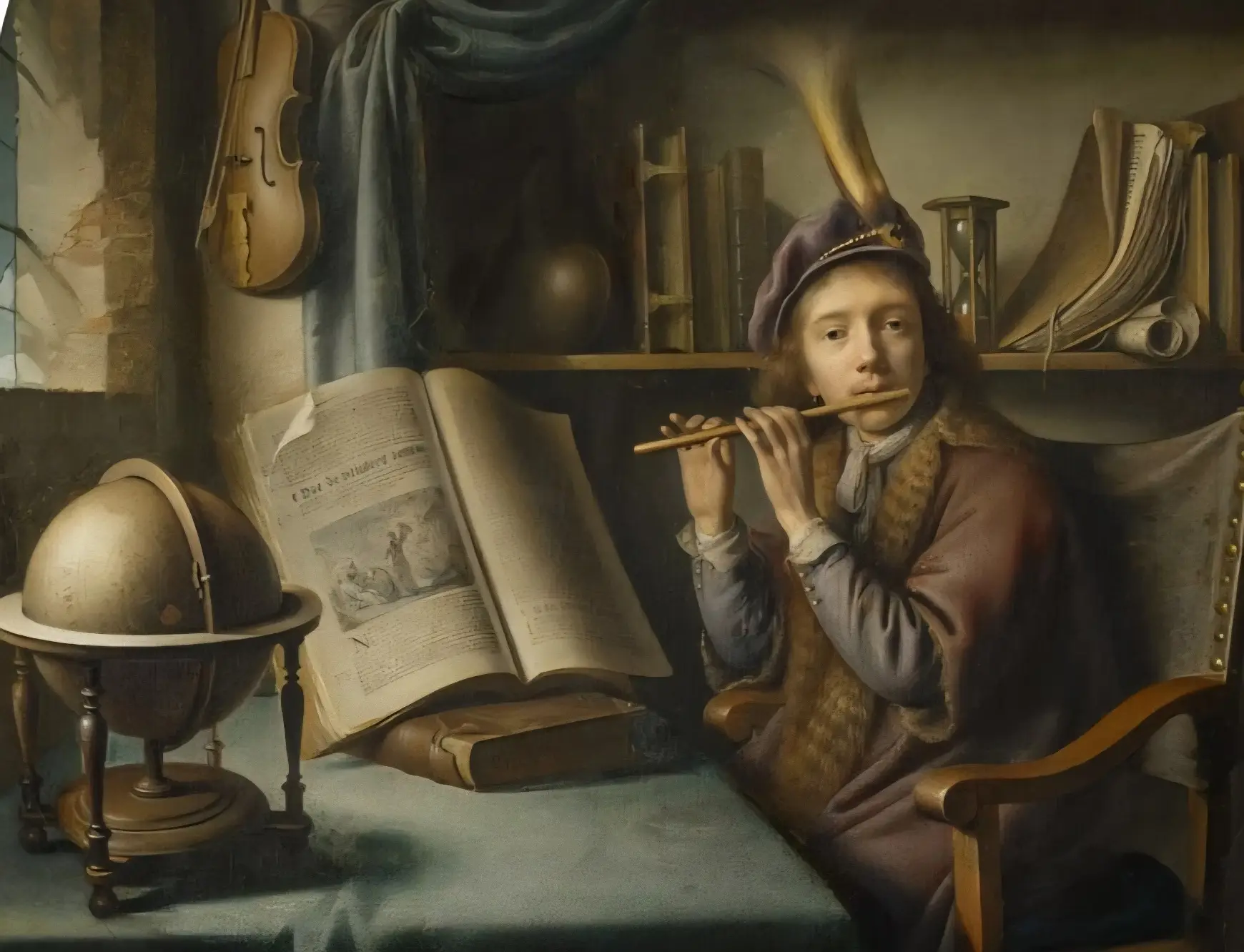
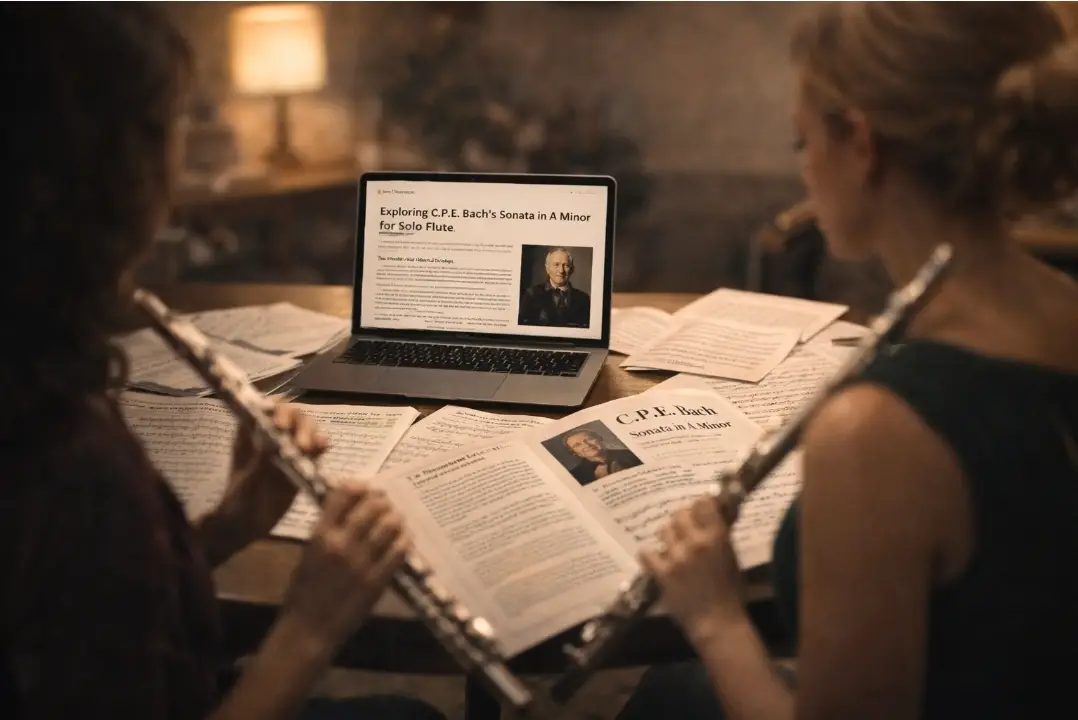
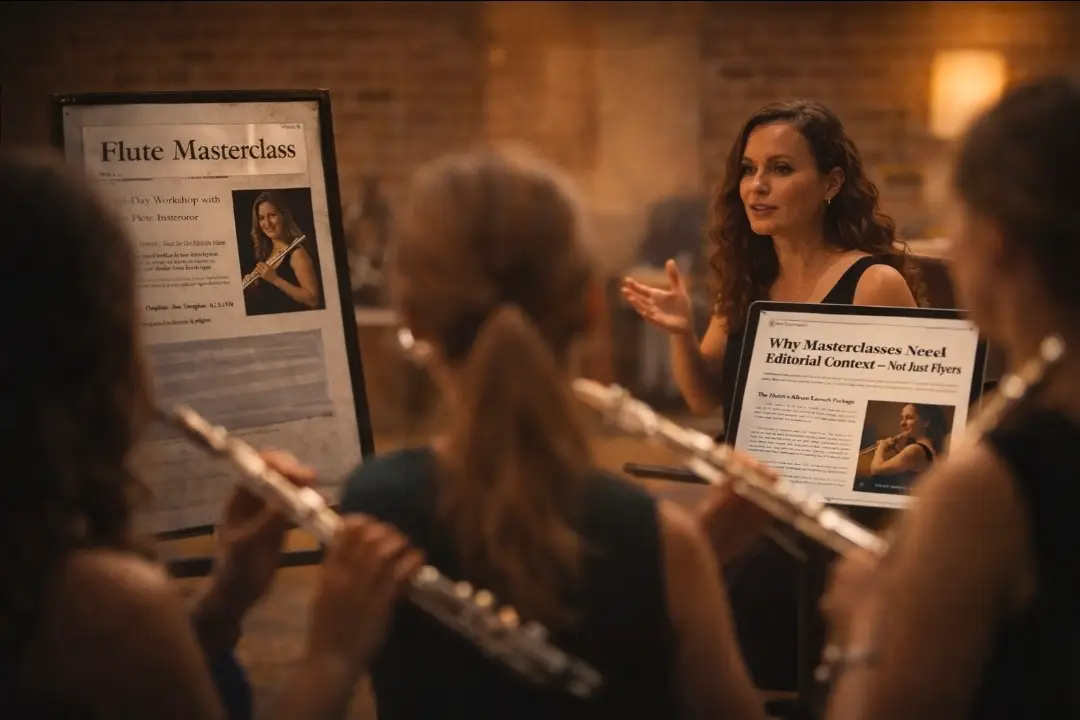
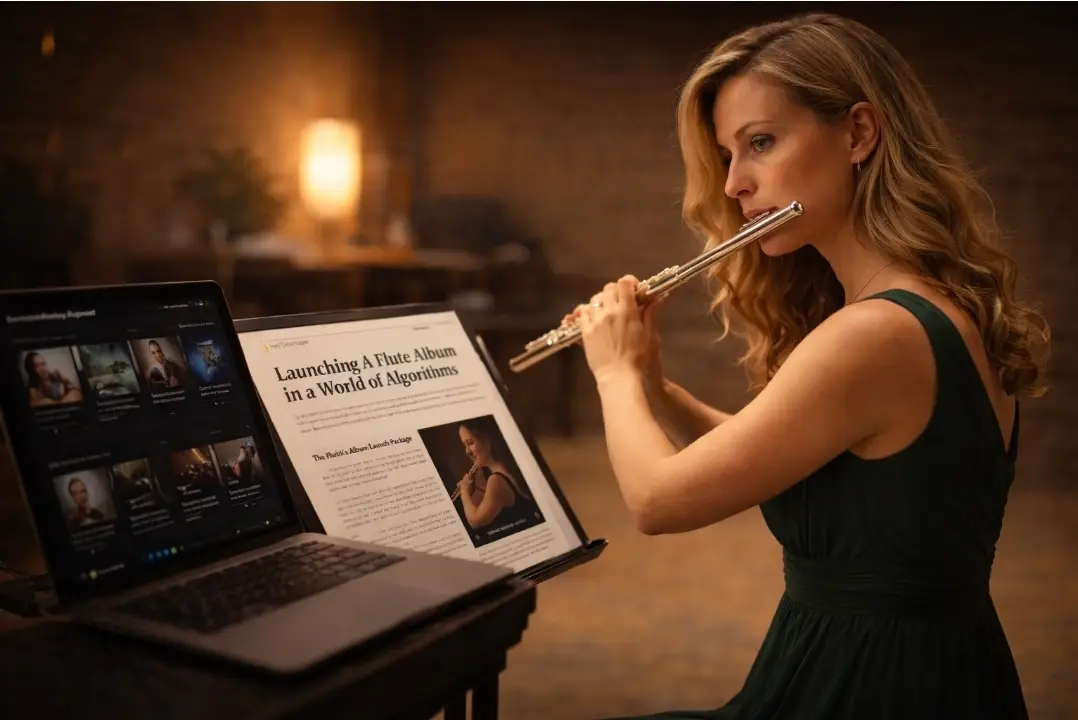
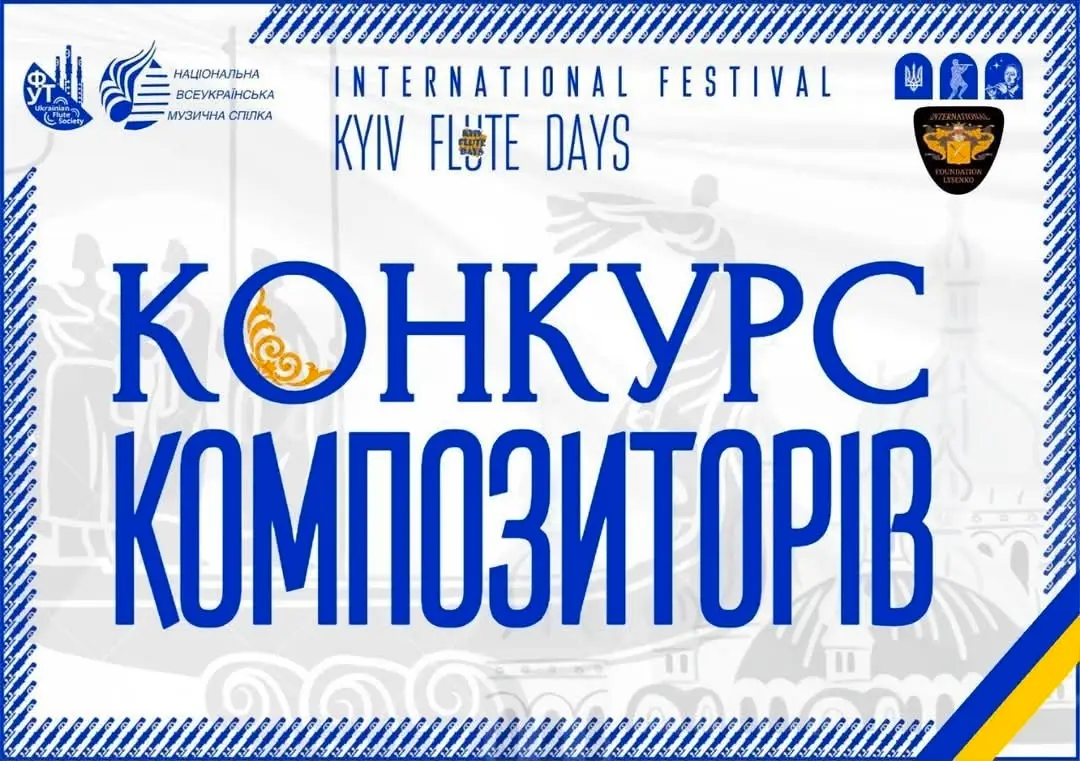
Dear Laura, congratulations on your wonderful and informative article about two Australian flute virtuosos. I always wanted to learn more about them, especially John Lemmone, whose music my students have played in many concerts!
It’s also amazing to learn that you met Victor McMahon!